The Inca civilization, one of the most notable empires in the ancient Americas, flourished in the Andean region of South America from the early 13th century until the Spanish conquest in the 16th century.
Renowned for their unique and sophisticated architectural style, the Incas constructed an array of structures that were as functional as they were aesthetically harmonious with their surroundings.
Their architecture was not only a display of their engineering prowess but also a reflection of their deep respect and understanding of the natural environment.
This integration of built structures with nature is a hallmark of Inca architecture, exemplifying a sustainable approach that many modern architects strive to emulate.
Terracing
One of the most innovative aspects of Inca architecture was the use of terracing. Faced with the challenge of farming on steep Andean mountainsides, the Incas developed extensive terrace systems that transformed the rugged landscapes into arable land. These terraces not only optimized land use but also conserved water, a precious resource in the arid highlands.
By building stone walls to create flat areas and then filling them with soil, they were able to control erosion and manage water runoff, demonstrating their advanced understanding of agricultural engineering and environmental management.
Stone Masonry
The precision of Inca stone masonry remains one of the most impressive aspects of their architectural legacy. Known as ashlar masonry, this technique involved cutting stones to fit together tightly without the use of mortar.
Each stone was meticulously shaped to ensure a perfect fit with its neighbors, creating incredibly stable structures that could withstand the frequent earthquakes that shake the region.
This method not only contributed to the longevity of their structures but also enhanced their aesthetic appearance, with clean lines and smooth walls that impress onlookers to this day.
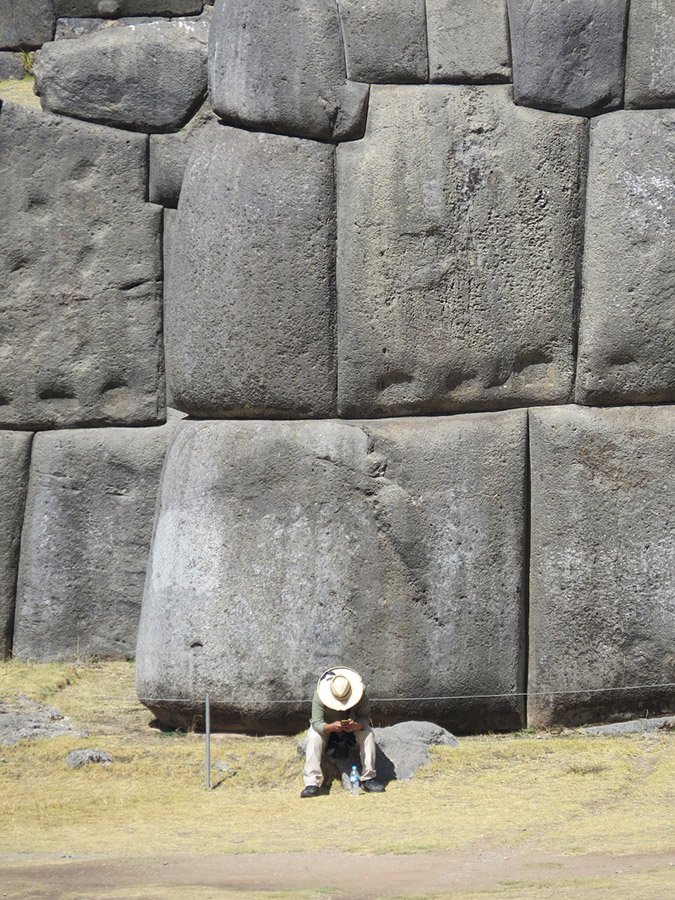
Truncated Pyramid Design
Inca architecture is distinctive not only for its technique but also for its characteristic forms, among which the truncated pyramid stands out significantly. These structures, wider at the base and narrowing toward the top, were pivotal in enhancing the stability of buildings, particularly in a seismically active region like the Andes.
The design allowed for a better distribution of seismic forces, reducing the likelihood of collapse during earthquakes. Many of the platforms and foundations of Inca temples and fortresses adopted this architectural form, integrating both functionality and symbolism, as these pyramids often bore religious and ceremonial significance.
Seismic Resistance
The Incas were master builders who understood the frequent seismic activity of their terrain and developed several techniques to counteract earthquake forces.
One of the key methods was the use of slightly inclined walls, which leaned inward, thus offering greater stability and resistance to shaking. Additionally, Inca builders frequently used trapezoidal shapes for doorways, windows, and niches.
These trapezoidal forms, wider at the base and tapering at the top, provided extra resilience against the lateral forces generated by earthquakes. The combination of these design elements ensured that many Inca structures have survived centuries of seismic activity.
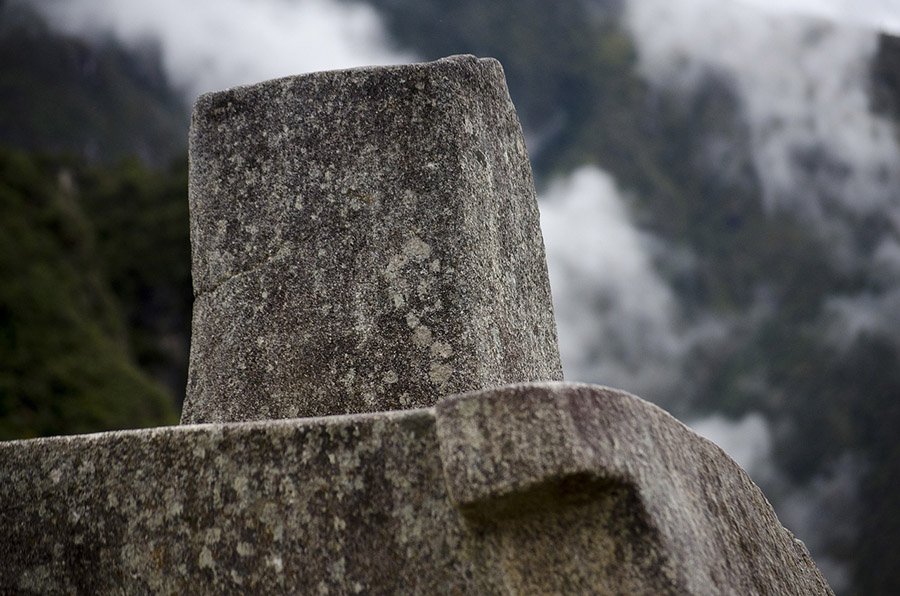
Astronomical Alignments
Inca architecture was not only structurally sound but also cosmically aligned. Many Inca structures were precisely oriented with the positions of the sun, moon, and stars. This profound connection with celestial events is evident in constructions such as the Intihuatana stone at Machu Picchu, which acts as a precise solar clock during the solstices and equinoxes.
Such alignments highlight the Incas’ advanced understanding of astronomy and their desire to harmonize their architecture with the celestial order. This astronomical precision served both practical purposes, such as regulating agricultural cycles, and spiritual ones, reinforcing the Incas’ connection to their gods and the cosmos.
Water Engineering
The Incas demonstrated remarkable sophistication in their water management systems, essential for survival in the arid Andes. They constructed extensive networks of aqueducts and canals to transport water from natural springs to their cities and agricultural terraces.
These systems were ingeniously designed to maximize the use of available water resources and minimize waste. Additionally, the Incas built fountains and baths within their urban centers, which not only served practical purposes but also had ceremonial significance.
These water features were often part of a larger, integrated system that included water temples, reflecting the sacred nature of water in Inca culture. The careful engineering ensured that these amenities were sustainable, providing a steady and controlled water supply throughout the year.
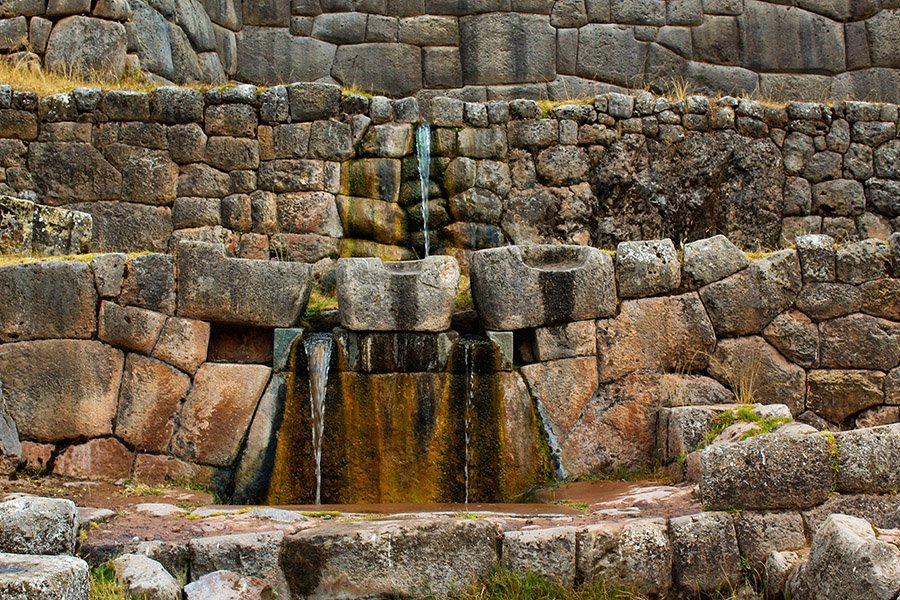
Road Systems
The road systems of the Inca empire were a marvel of ancient engineering and an essential component of their ability to manage and control a vast territory. The most famous of these is the Qhapaq Ñan, or the Great Inca Road, which spanned approximately 40,000 kilometers and connected various parts of the empire from Colombia to Argentina.
These roads were crucial for the movement of armies, trade goods, and information. Constructed over rugged mountains and harsh deserts, the Inca roads were built with retaining walls, staircases, and bridges, which have stood the test of time and still can be seen today.
The strategic placement and durability of these roads greatly enhanced the cohesion and stability of the Inca empire, facilitating rapid communication and troop movement, which were vital for maintaining order and integration across diverse regions.
Multi-level Designs
Inca architecture often featured multi-level designs that integrated various functions within a single built environment, demonstrating a complex understanding of space and utility. These multi-tiered structures typically included terraces for agriculture, living quarters, and ceremonial areas, all constructed within a unified architectural plan.
The use of multiple levels allowed the Incas to adapt to the mountainous terrain of the Andes, maximizing space efficiency while minimizing the impact on the natural environment.
This approach also facilitated the social organization of the community, with different levels often serving distinct social or functional purposes, from the storage of goods to the hosting of rituals, reflecting the hierarchical nature of Inca society.
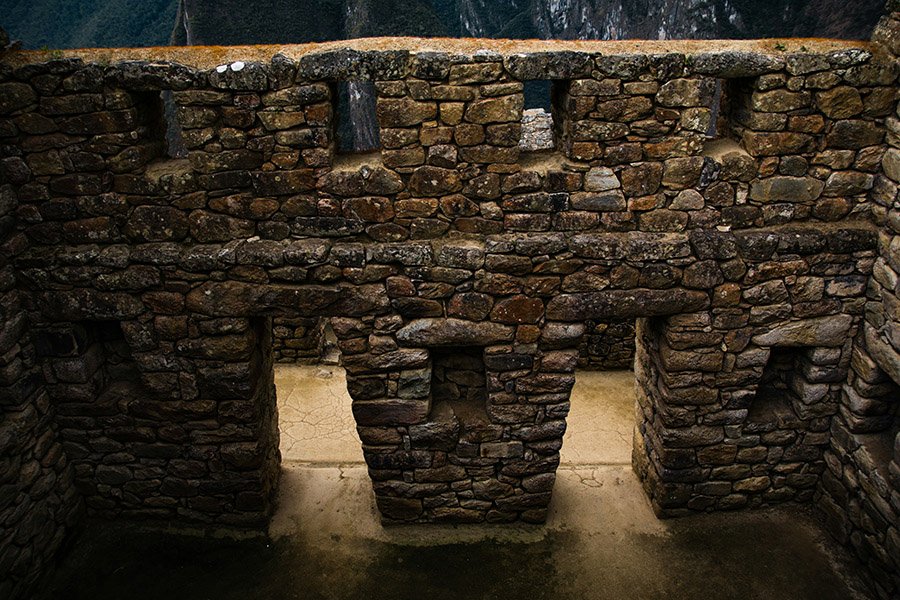
Integration with Nature
Inca architecture is renowned for its extraordinary integration with the natural environment, demonstrating a profound respect and understanding of nature. The Incas constructed their buildings in harmony with the landscape, often incorporating existing rock formations, hills, and rivers into their designs.
This approach not only minimized the impact on the environment but also enhanced the aesthetic and spiritual significance of their structures. For example, at Machu Picchu, buildings are crafted around natural features with some stones even left protruding into the interiors, showing a seamless blend of man-made and natural elements.
This integration underscores the Inca belief in the sanctity of the Earth (Pachamama), where architecture was used to reinforce the connection between the community, its environment, and the divine.
Use of Symbolism
Symbolism was deeply embedded in Inca architecture, reflecting their rich cosmology, religious beliefs, and imperial propaganda. Architectural elements often had multiple layers of meaning, including astronomical alignments and specialized uses of form and space that conveyed symbolic messages about power and divinity.
For instance, the use of the sun gate in many Inca constructions symbolized the Inca’s special relationship with the sun god, Inti, from whom they claimed descent. Similarly, the orientation of certain temples and the placement of windows in relation to the solstices and equinoxes demonstrated their veneration of celestial bodies and their cycles.
These symbolic uses of architecture not only reinforced the authority of the Inca rulers but also served as daily reminders to the populace of the empire’s spiritual and cosmological principles.
Conclusion
The architectural achievements of the Incas are a testament to their advanced engineering skills, deep ecological insight, and sophisticated societal organization. Their ability to integrate architecture with the natural environment, their innovative building techniques, and the symbolic depth of their constructions have left a lasting legacy that continues to influence modern architecture and engineering.
The principles seen in Inca architecture, from sustainability to the integration of form with function, continue to resonate in contemporary practices, offering timeless lessons on how to harmonize human habitats with the natural world.
The enduring structures of the Incas remind us of the possibilities when cultural values and environmental stewardship are at the core of architectural endeavors.

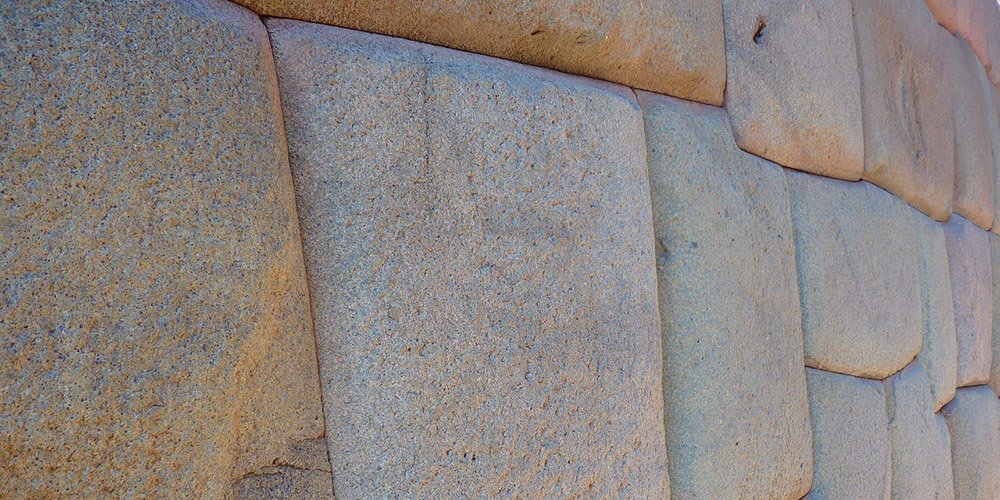



Add comment